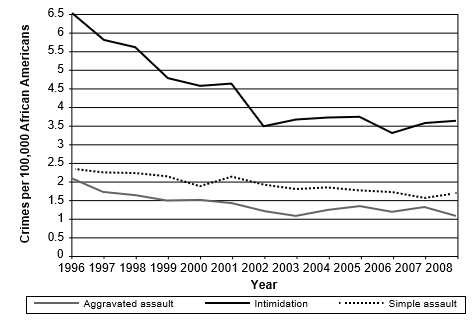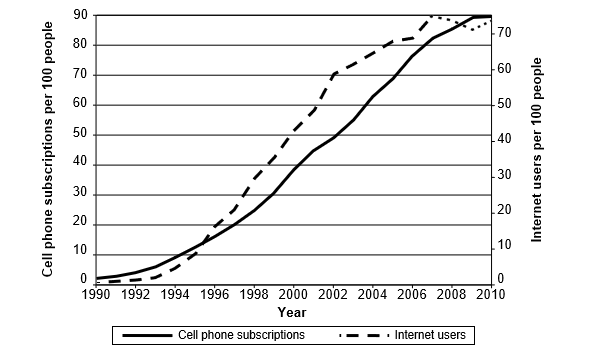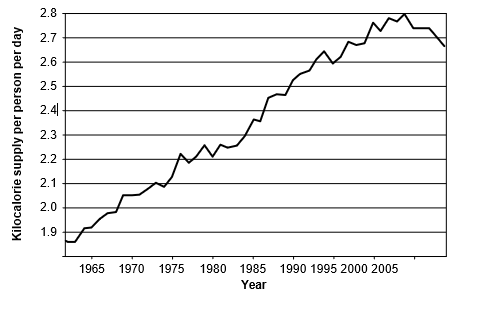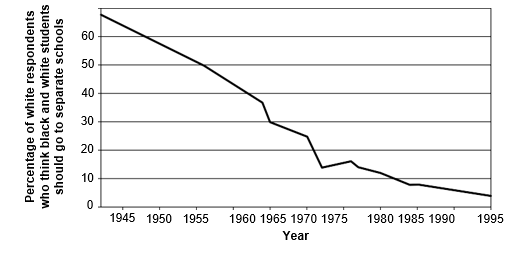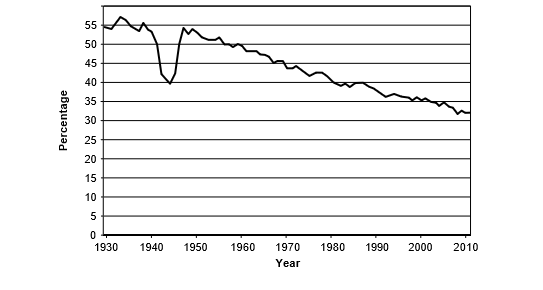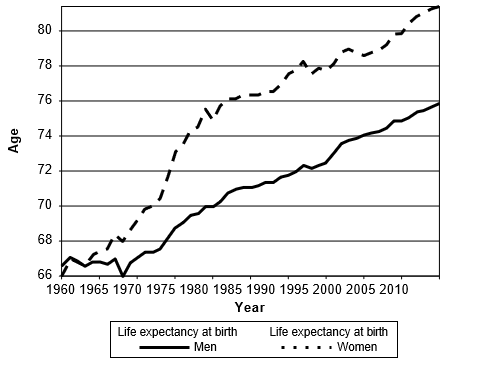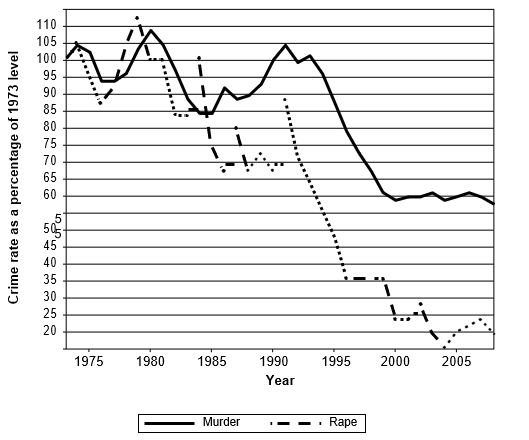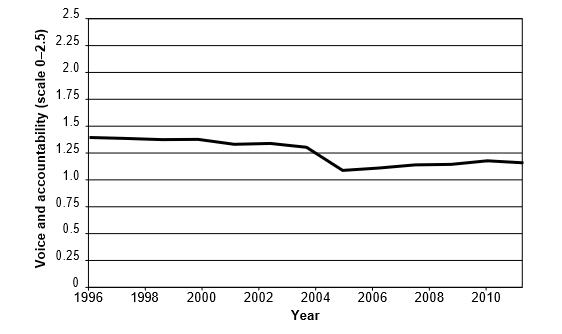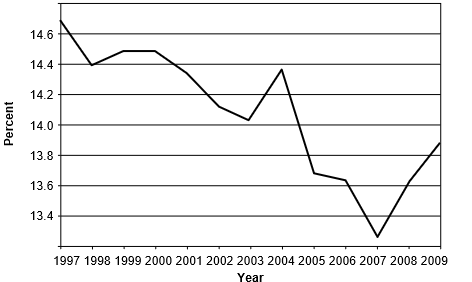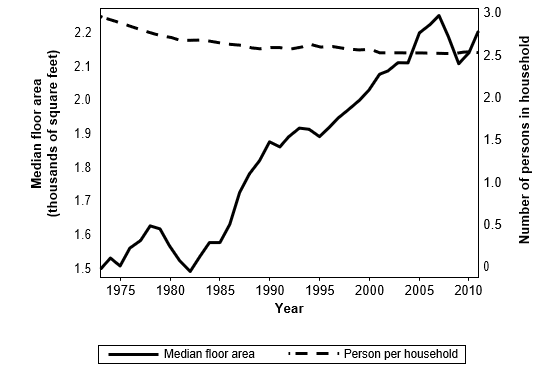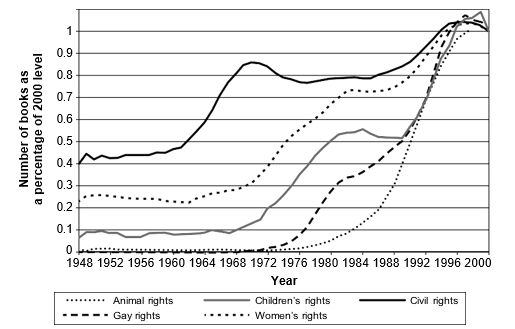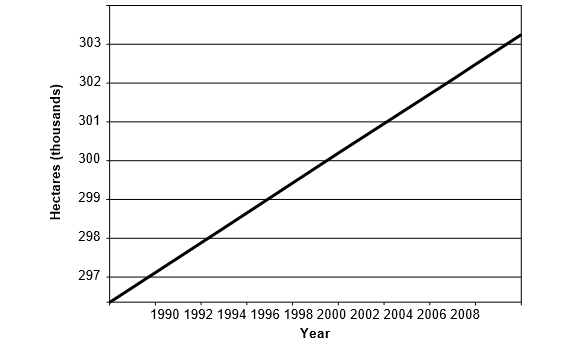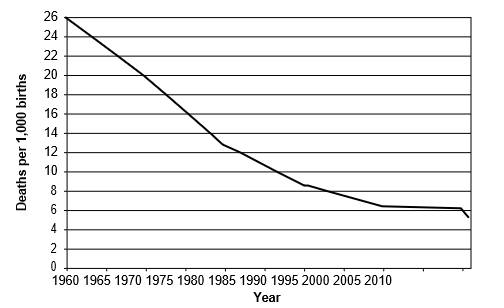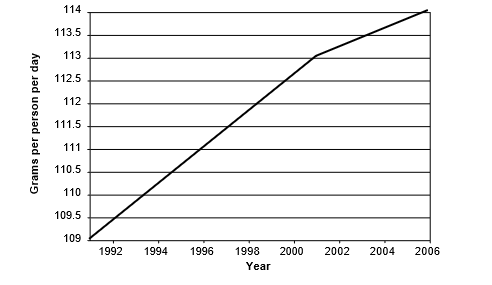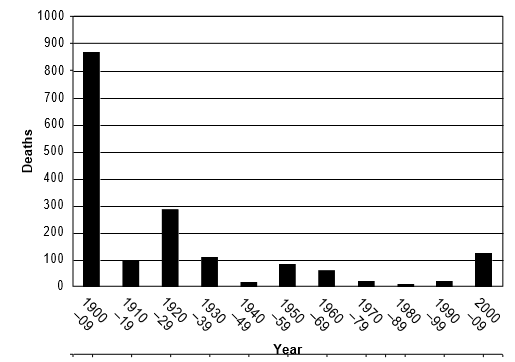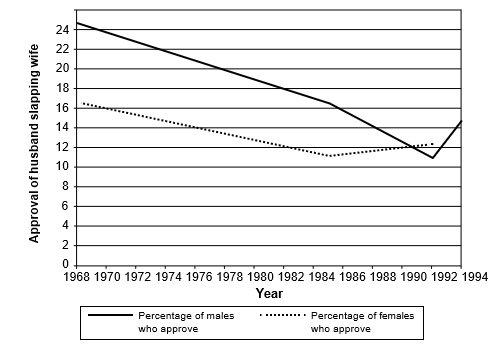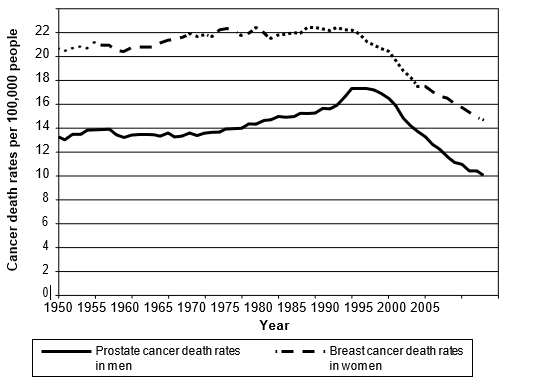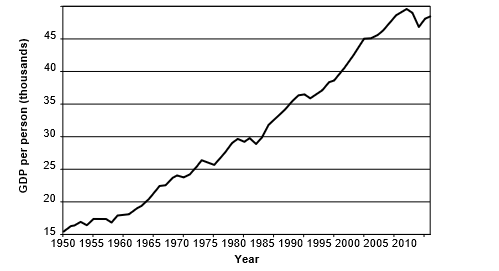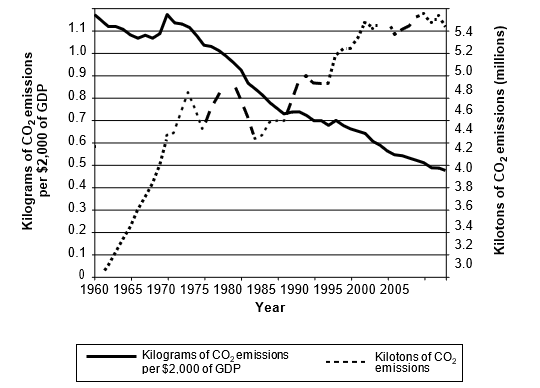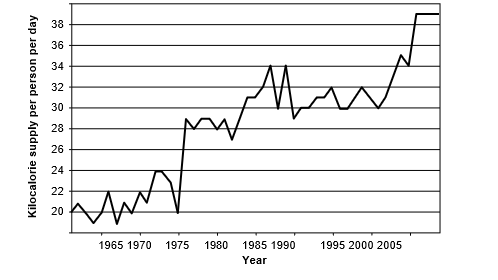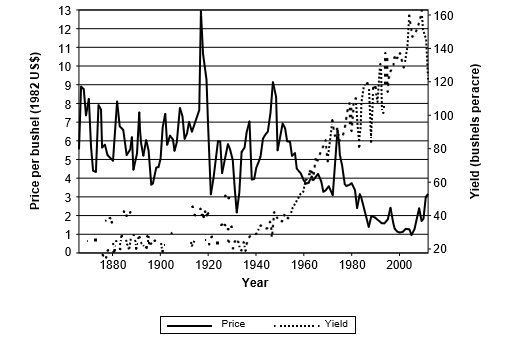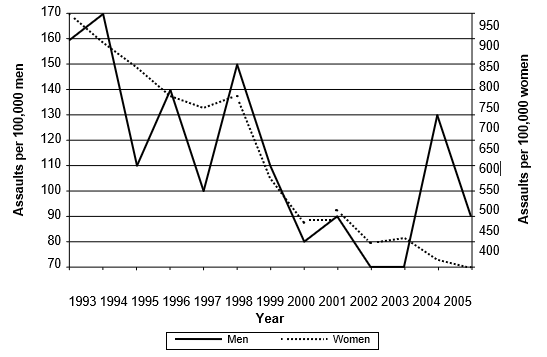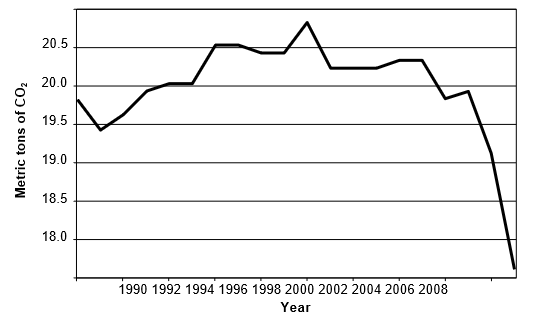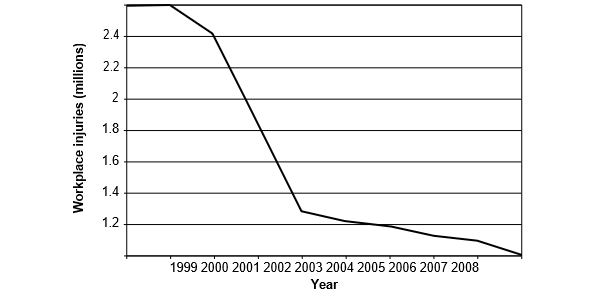1 The author wishes to thank Ben Friedman, Jason Rugolo, Nathan Hale, Marian Tupy, and Brink Lindsey for their timely assistance with this chapter.
2 Michael Cohen and Micah Zenko, “Clear and Present Safety,” Foreign Affairs, March– April 2012, pp. 79–93.
3 John Mueller, “Did History End? Democracy, Capitalism, Nationalism, Religion, War, and Boredom since 1989,” paper presented at the American Political Science Association Annual Meeting, Chicago, August 2013.
4 John Mearsheimer, “America Unhinged,” National Interest, no. 129 (January–February 2014): 9–30.
5 Andrew Mack, “What Is Human Security,” Human Security Report (Vancouver: Human Security Report Project, 2014).
6 Mahbub ul Haq et al., Human Development Report 1994 (New York: Oxford University Press, 1994), p. 24.
7 Paul Pillar, “National Security Begins at Home,” National Interest, November 4, 2012, http://nationalinterest.org/print/blog/paul-pillar/national-security-begins-home-7695.
8 Joseph Romm, Defining National Security: The Nonmilitary Aspects (New York: Council on Foreign Relations, 1993), pp. 2–3.
9 For instance, the human security school’s global reach is widely considered to have launched with its central position in the 1994 Human Development Report. Kofi Annan also adopted the human security agenda as part of the UN mandate in the 1999 Millennium Declaration.
10 “Report of the Secretary-General on the Work of the Organization,” United Nations General Assembly, August 30, 2000.
11 Shahrbanou Tadjbakhsh, “Human Security in International Organizations: Blessing or Scourge?” Human Security Journal 4 (Summer 2007): 8–15.
12 For instance, Sen was on the Commission on Human Security in 2003. See Amartya Sen and Sadako Ogata, Human Security Now (New York: Commission on Human Security, 2003).
13 Tadjbakhsh, “Human Security.” Also consider the Human Security Network, a group of states promoting human security principles in foreign policy. It includes Austria, Canada, Chile, Costa Rica, Greece, Ireland, Jordan, Mali, the Netherlands, Norway, Slovenia, South Africa, Switzerland, and Thailand. Still further, consider Ulrich Albrecht et al., “A Human Security Doctrine for Europe: The Barcelona Report of the Study Group on Europe’s Security Capabilities,” 2004.
14 As summarized in Taylor Reid Owen, “Measuring Human Security: A New View of Cambodian Vulnerability,” master’s thesis, University of British Columbia, 2003, p. 12.
15 Unless otherwise noted, all statistics will come from the website http://HumanProgress.org.
16 “Global Health Atlas,” World Health Organization, http://apps.who.int/globalatlas/.
17 “Premature death” is defined as an adult dying before reaching his or her 60th birthday.
18 According to the Centers for Disease Control, prostate cancer is the most common cancer among men. Breast cancer is the most common cancer among women. See “Cancer among Men,” Centers for Disease Control and Prevention, 2014, http://www.cdc.gov/cancer/dcpc/data/men.htm; also see “Cancer Among Women,” Centers for Disease Control and Prevention, 2014, http://www.cdc.gov/cancer/dcpc/data/women.htm.
19 This section, like the other sections, relies heavily on data from the HumanProgress. org website. HumanProgress.org’s data come from third-party sources, such as the World Bank or United Nations, or from individual scholars such as Harvard University’s Steven Pinker. Each graph includes additional source information for researchers. All of the same graphs are downloadable and customizable from http://HumanProgress.org.
20 Population growth is one such indicator because of a concern that overpopulation will lead to resource depletion and environmental damage.
21 “Millennium Development Goals Indicators,” United Nations Statistics Division, http://mdgs.un.org/unsd/mdg/.
22 Ibid.
23 Ibid.
24 “Time Series Annex I,” United Nations Framework Convention on Climate Change, http://unfccc.int/ghg_data/ghg_data_unfccc/time_series_annex_i/items/3814.php.
25 “Hydrofluorocarbon Emissions: Gigagrams of CO2 Equivalent,” United Nations, http://data.un.org/.
26 “Number in Poverty and Poverty Rate: 1959 to 2012,” United States Census Current Population Survey, 2013, fig. 4, http://www.census.gov/hhes/www/poverty/data/incpovhlth/2012/figure4.pdf.
27 “The Distribution of Household Income and Federal Taxes, 2010,” Congressional Budget Office, December 2013, http://www.cbo.gov/sites/default/files/cbofiles/attachments/44604-Avera….
28 The United States’ high level of political freedom is indicated by a score reaching the index’s upper bound.
29 According to Freedom House, press freedom in the United States has worsened, going from 14 to 18 on a 100-point scale, where a score of 1 signifies perfect press freedom. Press freedom measures laws that restrict or influence reporters, political manipulation of the media, and economic forces that affect press quality. According to the World Bank, the United States’ voice and accountability score has declined since 1996. The voice and accountability indicator is defined as “perceptions of the extent to which a country’s citizens are able to participate in selecting their government, as well as freedom of expression, freedom of association, and a free media.” Respondents’ feelings about their ability to participate may not reflect whether they are able to participate.
30 Memberships in several civil society groups have dwindled since the National Security Agency revelations. Since courts have recognized the relationship between freedom of association and privacy of association, the First Unitarian Church of Los Angeles filed suit against the NSA. Here, the Church cited the freedom of association. See more at the Electronic Frontier Foundation’s website, https://www.eff.org/document/plaintiffs-reply-support-partial-motion-su…. For more information, see “U.S. National Security Agency,” New York Times Topics Online, topics.nytimes.com/top/reference/timestopics/organizations/n/national_security_agency.
31 See David E. Bernstein’s You Can’t Say That for a discussion of chilled speech in public places. Bernstein argues that, in an attempt to squelch discrimination, courts have eroded several first amendments rights. David E. Berstein, You Can’t Say That! The Growing Threat to Civil Liberties from Antidiscrimination Laws (Washington: Cato Institute Press, 2003).
32 For more information, see “Next Move on Press Freedom,” New York Times, February 14, 2014; “Another Chilling Leak Investigation,” New York Times, May 21, 2013; “Head of the A.P. Criticizes Seizure of Phone Records,” New York Times, May 19, 2013.
33 Freedom House defines a country with a civil liberties score of 1 as enjoying a wide range of civil liberties, including freedoms of expression, assembly, association, education, rule of law, religion, equality of opportunity, and free economic activity. That definition is surprising since it probably includes a measure of press freedom, yet Freedom House gave the United States an imperfect press freedom score. It did so presumably because the United States’ score of other civil liberties was high enough to offset a less-than-perfect press freedom score.
34 Although that finding concerns only English-language books, it serves as an indication of Americans’ acceptance of those communities since the United States is where the most English speakers are found.
35 Steven Pinker, “A History of Violence,” New Republic, March 20, 2007, pp. 1–2. Also see Steven Pinker, The Better Angels of Our Nature: Why Violence Has Declined (New York: Penguin Books, 2011).
36 The United Nations, the source of those data, defines “intentional homicide” as “unlawful homicides purposely inflicted as a result of domestic disputes, interpersonal violence, violent conflicts over land resources, intergang violence over turf or control, and predatory violence and killing by armed groups. Intentional homicide does not include all intentional killing; the difference is usually in the organization of the killing. Individuals or small groups usually commit homicide, whereas killing in armed conflict is usually committed by fairly cohesive groups of up to several hundred members and is thus usually excluded.”
37 “The Distribution of Household Income and Federal Taxes, 2010,” Congressional Budget Office, December 2013, http://www.cbo.gov/sites/default/files/cbofiles/attachments/44604-Avera….
38 Ibid.
39 “Pursuing the American Dream: Economic Mobility across Generations,” Pew Charitable Trusts, July 2012, http://www.pewtrusts.org/our_work_report_detail.aspx?id=85899403846&WT… Mobility%20Across%20Generations&WT.z_contenttype=Report.
